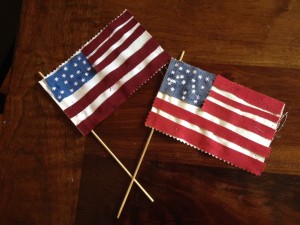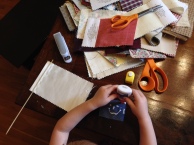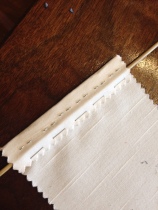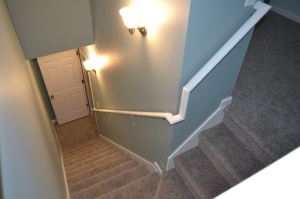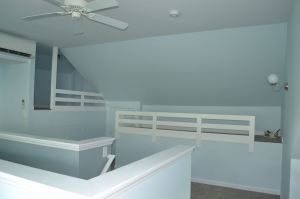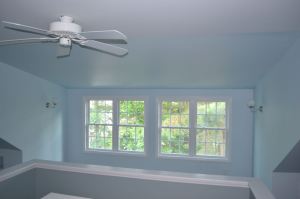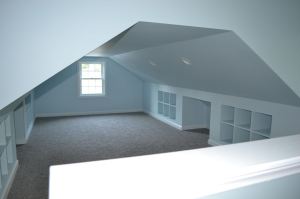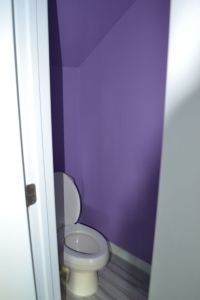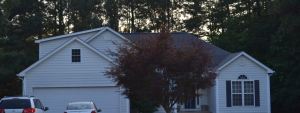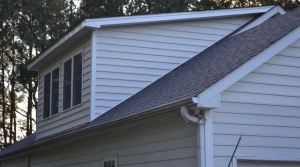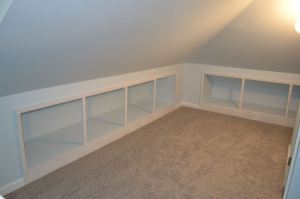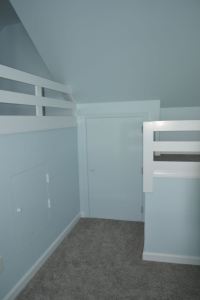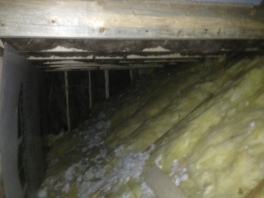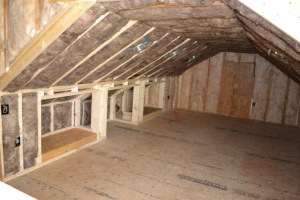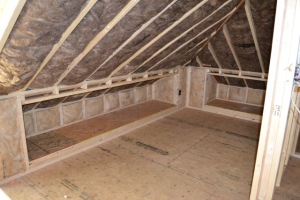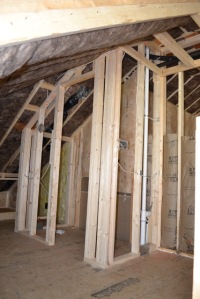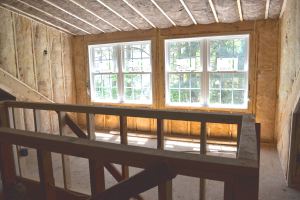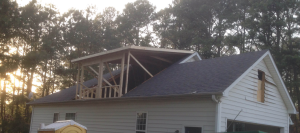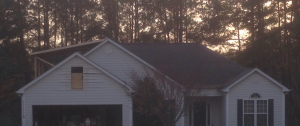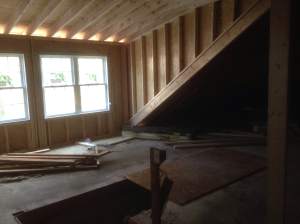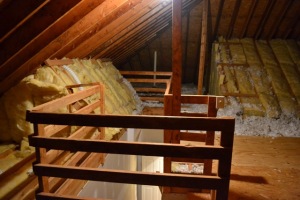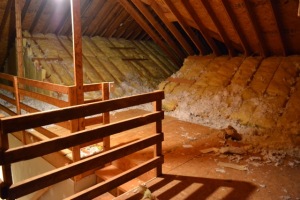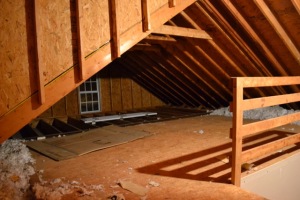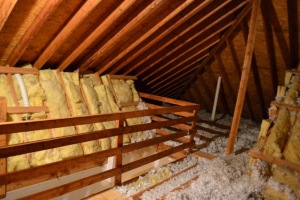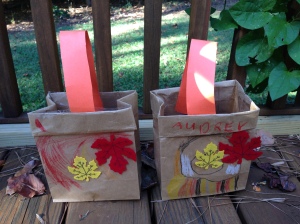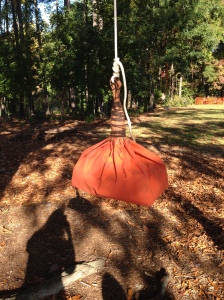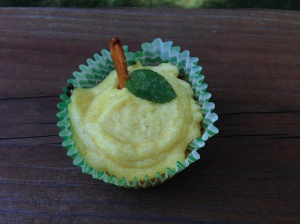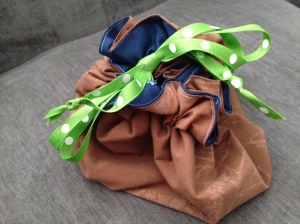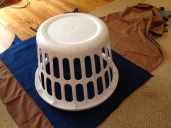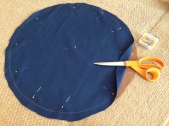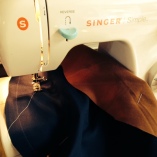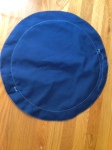Kindergarten has started! This is our first week and so far it’s gone great. I’ve had several folks asking me what curriculum we decided to use for Kindergarten so I decided to just post it. People, there are way too many options out there! It got overwhelming trying to compare all the curriculum plus figure out what method we liked. So we decided to wait until first grade to pick a multi-subject all-in-one curriculum. Instead we made a list of learning goals and picked things to help us accomplish them. Really, in my opinion, kindergarten goals are simple: learn how to memorize and learn, phonics and reading, conceptual math, gross motor development, and life skills. I like the idea of introducing what history and science is and doing a few fun activities and experiments. However, we’re saving the more structured curriculum for another year. Maybe next year, maybe never. We’ll see how our pull from here and there method works out for us! Who knows, we might love it best in the end.
Resources
These are things that have informed our choice of subjects and books. Most of them I was able to check out from our local library to look through before buying a copy.
– The Well Trained Mind. Like the idea of the trivium, not sure about the heavy fact memorization or latin. It’s something to look into for 1st grade.
– The Three R’s by Ruth Beechick. I’ve been using some of her tips for teaching reading and it’s helped a lot.
– Honey for a Child’s Heart by Gladys Huntington (for teaching literature concepts and book lists)
– 10 Things to do with your child before age 10 – by Harvey and Laurie Bluedorn
Subjects and Books:
1. Phonics, daily: We are using Horizen’s Kindergarten Phonics & Reading. My daughter loves anything silly so Horizen’s is a great fit. They have lots of made up words to read and silly phrases to read and match to pictures. This has helped endear her to the idea of school. We only do 1/4th of the writing required since I want to use copy work to assist with memorization. The other one we considered is Learning to Read in 100 Easy Lessons. It was simple and cheep.
2. Reading, one pre-reader level book per week: We are going to make a trip to the thrift store or library at the beginning of the month to pick out 4 new books. I’ll sneak in a few that I want her to read but mostly I let her pick a few on her own. There are hundreds of options on every topic known to man.
3. Math, daily: We are using the Singapore Earlybird Kindergarten textbooks A and B. We are using it without the activity and teachers books. I like how this is heavy on simple concepts she already knows at the beginning and works its way into new and harder things. It is also very hands on with minimal writing. This is good because this year is all about getting our feet wet and learning to work hard! For counting I found a 100’s chart and a dot to dot book. We’ll mix this in around the Singapore lessons.
4. Copy Work: each week I’m picking a “copy work” assignment. I’m going to pair this with whatever she is memorizing at the time. The basic concept is that she copies something either from a book or from something I’ve written down for her. If it’s longer than a couple sentences she will work on it for several days. I let her pick out a fun composition book for this. She uses two lines for one word to make it more kindergarten large-writing friendly.
5. Memorization, daily: I’m picking one memorization goal per week. We are starting out with basic things like numbers 1-100, counting by 10s, address, phone number, months of the year, knock-knock jokes, and short bible verses. Later in the year we will move on to longer things like songs, children’s poems, counting by 5s, puppet show scripts, and other fun things we come across. I’m doing a mix of using lego blocks with words attached (stack in order), copy work, and saying it out loud several times to help her memorize things. I found this article helpful on teaching memorization.
6. Bible: The Long Story Short by Marty Machowski. My husband does this with our girls during breakfast.
7. Other “electives”, two times per week: These are things that are negotiable in my book. You can pick and choose whatever you think will best fit the interests and goals of your child. We chose science, history, art, P.E., and life skills. I haven’t planned it all out yet but in general we picked 1 life skill, 2 science lessons, 2 history books to read, 2 art projects, and 2 P.E activities per month to focus on. The life skill we will work on all month. Music, theater, and puppetry, story telling are other artistic things you could substitute for art if your child isn’t into painting and drawing. Here is our list of ideas!
Science: two lessons per month. Primarily reading books to them and doing lots of hands on experiments/simple projects. We are picking lessons based on the four categories mentioned in this free Science Discovery Curriculum . We will spend 2 months on each of the four categories. We will read a book and do one of the activities/experiments. Here are a few other references I’m using.
– Mudpies to Magnets. This was recommended in the Well Trained Mind. There are a few things that look fun but it’s probably on par with every other book of science experiments out there. We will probably end up primarily using the one above.
– Let’s Read and Find Out Science Series. I love these books! Lots of colorful pages with well laid out simple facts. Everything from Why Do Leaves Change Colors to Planets and the Moon to different animals and habitats.
~ The Listening Walk by Paul Showers as a platform to talk about observing the world around us.
~ About Habitats Series by Cathryn Sill
~ Ocean study (memorize where they are on the map)
– Moon Phase Wheel (we made this with brads and poster board wheels so they could change it each night).
– Cloud Window we made this last year in our Preschool Co-Op and our girls still use it.
~ In general, most of the books we read I pin on my K5 board
History: Read two books per month themed around people in different places and times. I raided our books on hand first and will fill in with library or new books as needed. As you can tell, there is no real pattern. We will discuss whatever topics come up in the books. Structured history and timelines and projects are for another year.
– A House Is a House for Me by Mary Ann Hoberman (start of the concept of everyone has different places and homes to live in).
~ A book on each of the 7 continents
– Keep the Lights Burning Abby by Peter and Connie Room. A great story about courage and responsibility.
– Dave the Potter by by L.C. Hill (probably pair this with art that week and make clay things).
– Snow Treasure by Marie McSwigan
-The Librarian Who Measured The Earth by Kathryn Lasky
– The Story of the Pilgrims by Katherine Ross
– One Giant Leap by Don Brown (probably read this during the month that we do a lesson on the moon for science)
– How To Make an Apple Pie and See the World by Marjorie Priceman (talk about different continents)
– How to Make a Cherry Pie and See the U.S.A by Marjorie Priceman
– Growing up Where Jesus Lived by A. Beka Books
– Mother Teresa book (talk about compassion and serving the poor)
– If you lived in Colonial Times by Ann Mcgovern (this would count as both books for the month because it’s long).
– Next Spring an Oriole by Gloria Whelen
– There are also a list of good non-fiction books to read to 5yr olds in Honey for a Child’s Heart. I haven’t look through them yet.
– Some of the other On My Own History titles
Art: We have a artist in the house! Our 5yr old has been doodling since she could first use a crayon. She will draw, paint, and play with play doh by the hour. Our goal this year is to teach her a bit more about technique. Next year when she is a bit older we’ll transition this into formal art lessons and use Charlotte Masons art history/appreciation units. Since I’m not an artist I am pulling my ideas for art projects primarily from Emphasis Art (7th edition and later has K5 ideas, editions 1-6 do not). It includes drawing, painting, and sculpting project ideas for kindergarten through 5th grade. Some other art books to read/use:
–Make a World by Ed Emberley. My daughter has spent hours drawing things out of this book.
-The Art Lesson by Tomie dePaola
-Ish by Peter Raynolds – for the perfectionist child (project: learn about lines. Make ish drawings using different kinds of lines)
PE: Learning to swim using the uswim level 2 lessons, Tumbling, kickball, tennis, jumping jacks, and hop scotch (learning to hop on one foot) are on our list so far. Pretty much anything that encourages gross motor development and gets us outside.
Life skills
-Chores: Sweeping, raking, unloading dishwasher, cleaning the bathroom sink, putting away laundry without supervision.
-learning to follow a simple recipe/how to measure
-learning about what money is
-picking out ripe veggies/fruit at the grocery store
-Using a hammer and nails, make a wood box with Dad.
– Fire Safety
-Whatever other fun things we dream up.
